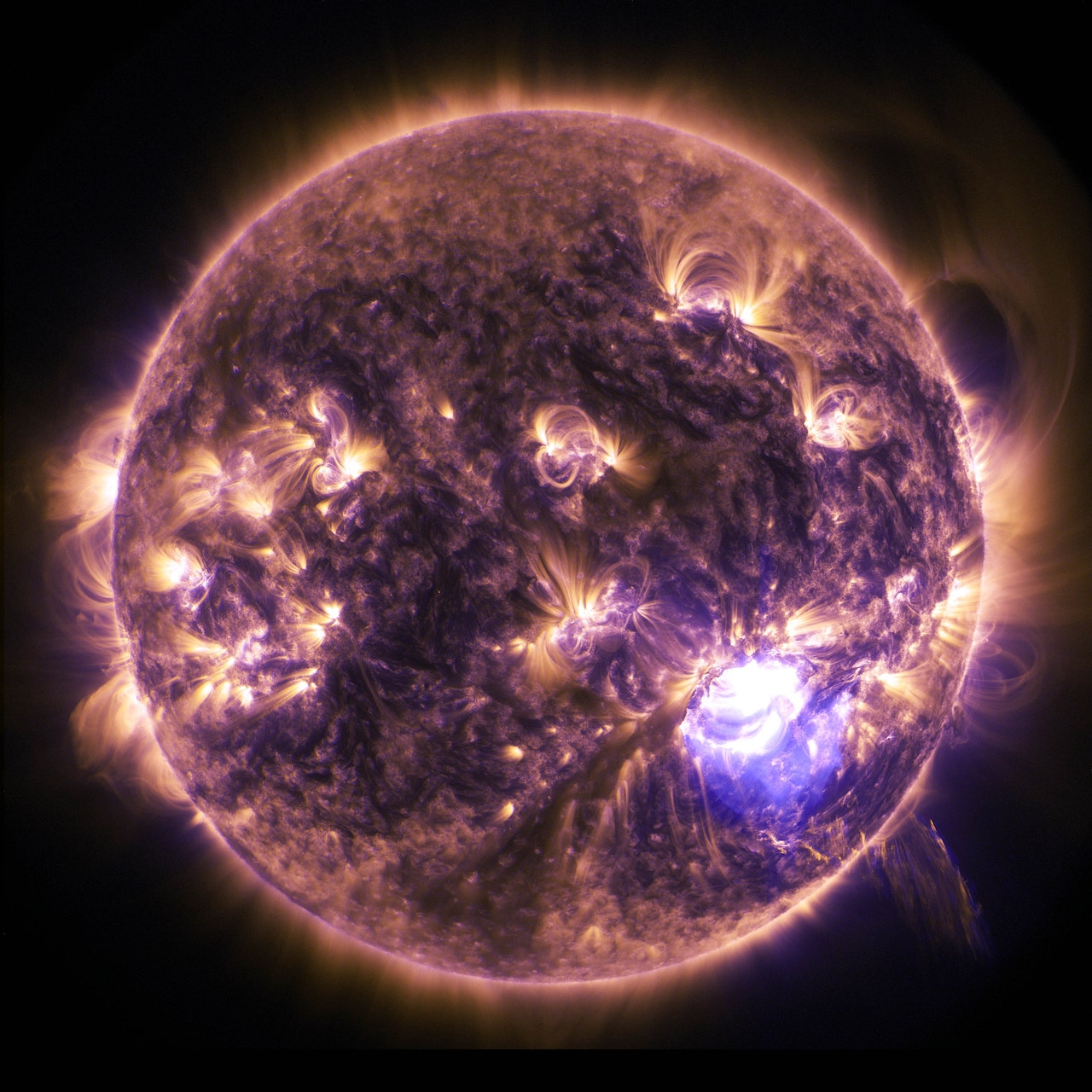The early Earth may have had a purple color

The early Earth may have had a purple color By Mosharraf There is some scientific evidence to suggest that the early Earth may have had a purple color due to the presence of certain pigments in the atmosphere and surface of the planet. One such pigment is called retinal, which is a molecule that absorbs light in the blue and green wavelengths and reflects light in the red and purple wavelengths. Retinal is similar to the pigment found in the eyes of many animals, including humans, and is responsible for our ability to see in low light conditions. Retinal has been found in fossilized cyanobacteria, which are ancient microorganisms that were present on Earth billions of years ago. Cyanobacteria are capable of photosynthesis and are thought to have been an important source of oxygen in the early Earth's atmosphere. It is possible that the presence of retinal in cyanobacteria could have given the early Earth a purple hue. However, it is important to note that the scientific evid...




